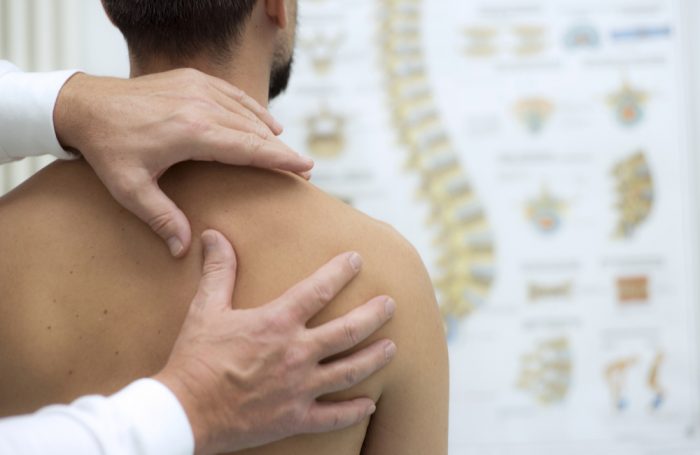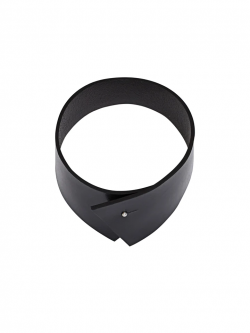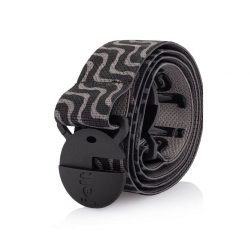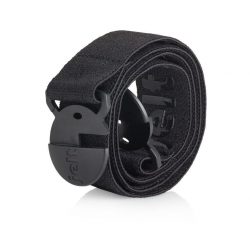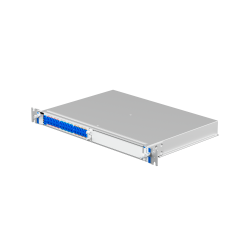Pain in the shoulder? Advice to relieve it and to avoid relapses
Shoulder pain, capsulitis, tendonitis, dislocation; you know? Shoulder problems affect a high proportion of the population. Your risk of being inconvenienced is also higher if you frequently use your computer mouse, if your work requires manual tasks and if you play certain sports, such as swimming, tennis, or those that require specific movements. shoulders.
People who use wheelchairs to help you take care of your shoulders, relieve pain, and prevent it from recurring.
The importance of muscles
The shoulder is one of the most mobile joints in your body, and this is not unrelated to the fact that it is also one of the most often injured. In this regard, your muscles remain your main allies to decrease your risk of injury and to promote healing when the damage is done, as they say.
Here are three effects your shoulder muscles have on the quality of your movement, the last of which is undesirable:
The muscles in your shoulders move your arms, but also your shoulder blades, collarbones, rib cage, and neck.
The muscles in your shoulders stabilize the joint surfaces. This happens when you are moving, but also in a still position. For example, when you are holding an object or if part of your weight is resting on your hand, with your elbow extended.
When the muscles in your shoulders are tense or stiff, they restrict movement of the shoulders, but also those of neighboring areas. Lack of flexibility can increase stress on the joint, promote fatigue, and increase your risk for shoulder injuries.
The effects of pain
Shoulder pain is often trivialized. We tell ourselves that it will eventually disappear and that there is a worse thing in life. However, whether temporary or persistent, the consequences of pain go far beyond the unpleasant sensations it causes, and even if you are prepared to endure them.
Effect 1: Shoulder pain decreases your strength and stamina. These disruptions take place whether you like it or not, and often without your knowledge.
Effect 2: Pain changes the way you move as if your body finds ways to perform certain movements so as not to hurt.
Effect 3: Pain impairs your muscles’ ability to synchronize with each other, which disrupts the fluidity of your movements.
Effect 4: Pain can initiate a negative spiral that consists of a combination of the above effects. For example, the presence of pain decreases your activity level, which causes more weakness and weakens your shoulder.
Discover the 10 basic shoulder movements
One way to lessen the negative effects of pain on the health of your shoulder is to stimulate your muscles in each movement that this joint performs. For best results, do them in multiple positions. For example, lying on your back, on your side, sitting, standing, leaning forward, etc. Here are guidelines for performing ten of the main basic movements that your shoulders perform daily:
Foreland: Raise your arm in front of you, elbow straight, as if you are doing it when you want to ask a question in class.
Extension: Direct your arm back, elbow straight. This is a low amplitude movement.
Abduction: imagine that you are leaning against a wall, then raise your arms so that they are along this imaginary wall. The photo gives you a preview of the end of the movement, arms raised.
Horizontal adduction : (elbow extended and arm already raised 90 ° in front of you) move your arm towards the opposite shoulder. For example, your right arm moves to the left, horizontally.
External Rotation: Elbow bent 90 ° and glued to your ribs, move your hand and forearm outward (as if they are moving away from you) making sure to keep the elbow glued to your ribs.
Internal Rotation: Follow the directions given for External Rotation, but moving your hand and forearm inward (toward your stomach).
Elevation: Raise your shoulder so that it is closer to your ear and without moving your head.
Lowering: do the opposite movement of the raising, ie lowering the shoulder. This is a very low amplitude movement.
Shoulder wrap: wrap your shoulder forward. This movement is made more easily by performing it simultaneously with both shoulders.
Shoulder roll-up: reverse the roll-up motion, by moving your shoulder slightly back. This is a very low amplitude movement.
